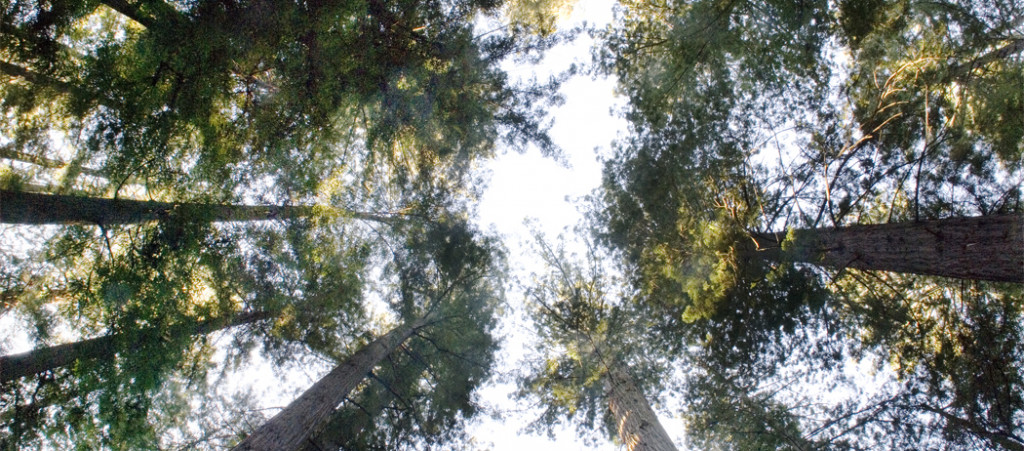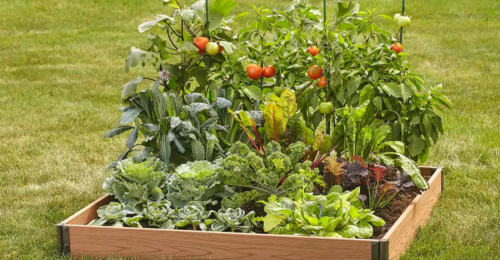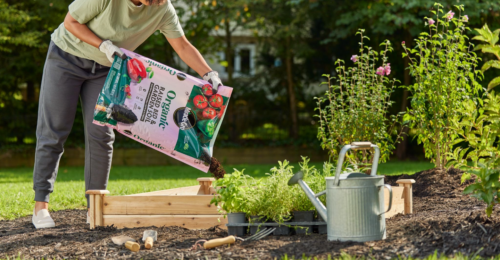Along with a commitment to sustainable forest management, MRC is dedicated to minimizing waste by ensuring that every part of every tree is used. To get a sense for how invested MRC is to holistic utilization, consider the end-to-end process by which each part of the tree is repurposed.
Processing Trees from the Top Down
When a tree is harvested in a sustainably managed forest, the top of the tree and its limbs are removed. This woody material is then spread on the forest floor over areas where tree removal has left soil exposed. The branches prevent rain runoff which, in turn, minimizes or eliminates erosion. As the branches decay over time, nutrients are recycled back into the soil, and the exposed soil revegetates with native plant species common in the forest.
Following the removal of the treetops and limbs, the remaining bole of the tree is taken to a sawmill to be milled into lumber. Approximately 55% of each log is converted to lumber. The remaining portion of the log ends up as saw dust, chips, bark and shavings.

Repurposing Biomass
Historically, lumber by-products such as woodchips, sawdust, shavings, and bark material created from the milling process would have been burned on-site and with negative effects on air quality. For decades, landfills served as an alternative to burning. Now, timber companies are repurposing these materials in a number of creative and useful ways.
Many sawmills in California, including those owned by MRC, use lumber by-products to fuel on-site biomass energy plants. Biomass facilities provide all the electrical power needed to run a sawmill. Biomass plants create renewable electric and steam-based energy sources 24 hours a day, 7 days a week. In addition to creating electricity, biomass plants generate steam which is used to kiln dry lumber. In doing so, biomass plants eliminate the need for natural gas-powered heat sources.
Biomass plants can produce more energy than is needed by the sawmill. In such cases, excess electricity is sold to a local power provider for commercial and residential use, which qualifies as a renewable, resource-based energy source, just like solar and wind power. The biomass plant’s carbon-based residuals, such as biochar and ash, are also repurposed. These are used in the agricultural industry as an organic soil supplement, increasing crop productivity and promoting water retention in soils.

Trees to Wood Pellets for Residential Wood Stoves
In locations where biomass plants do not exist, lumber by-products are used to make wood pellets. They are ground into a fine material, drying the wood to a precise moisture content, then compressed into pellets. These pellets, when used in stoves to heat homes, are a cleaner and more efficient source (less air emissions and more BTUs of heat) of residential heat than typical wood stoves or fireplaces.
Trees to Landscaping Products
By-products are also used for landscaping and as a soil amendment. Redwood and Douglas fir bark and woodchips are used in landscaping as mulch or groundcover to promote water retention in soils by reducing surface evaporation. Such uses encourage plant growth as root structures are less exposed to extreme heat and cold.
Redwood bark and sawdust are sought-after ingredients in bagged soils and soil amendments and are known for their natural resistance to decay. Soils and amendments containing redwood bark and sawdust are used in various soil mixes to retain moisture and air space in the planting medium, which leads to quicker plant growth with less water intake. Redwood’s natural resistance to decay ensures a longer soil life and provides potted or bedded plants a steady and slow release of nutrients, ensuring consistent growing results.

Trees to Pulp-Based Products
Additional by-product uses of redwood and Douglas fir include the processing of woodchips into wood pulp for products such as paper towels, cardboard food containers and packaging boxes. These products are not only recyclable in most cases, but also made from a sustainable, biodegradable resource rather than the alternatives which include plastic or Styrofoam-based packaging products.
Trees to Renewable Energy
Currently, MRC is analyzing the potential to utilize its sawmill residuals for the production of renewable energy through new and emerging technologies such as gasification and pyrolysis. These technologies transform wood fiber into direct replacements for energy such as diesel, natural gas or aviation fuel. These renewable energies not only eliminate waste from lumber processing, but also offer a promising approach to reducing carbon emissions.
About Mendocino and Humboldt Redwood Companies
Mendocino and Humboldt Redwood Companies were formed with the publicly declared mission to operate at a high level of environmental stewardship and also run a successful business at the same time. Both companies seek to be an example of forest restoration that creates a positive, economically successful example of how private forest management can protect and restore the ecological attributes of the forest. Our forestlands are certified by the Forest Stewardship Council® (FSC® C031337) as being well-managed forests.






